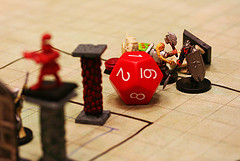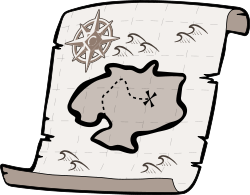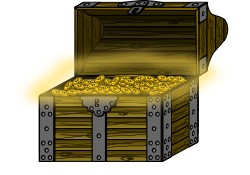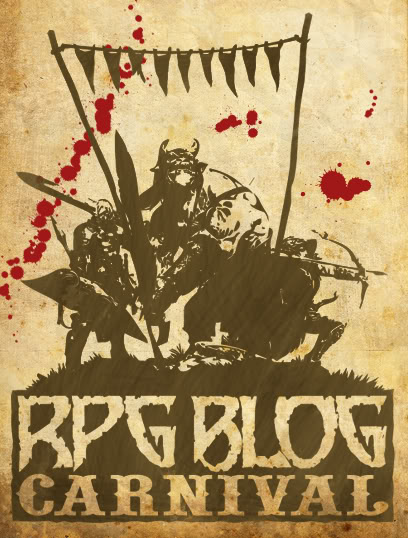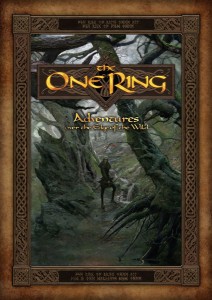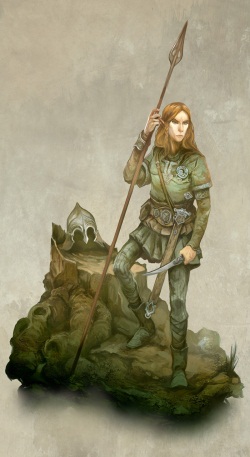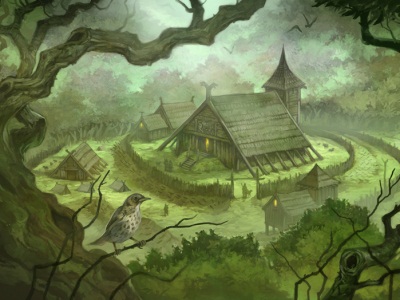Welcome to another week in review at The Iron Tavern. I use these review posts to cover several items in one post that do not quite merit a post in and of itself.
Troll in the Corner
I recently became a contributing author over at Troll in the Corner. Ben had gone on a search for more authors to keep the content over there fresh and interesting. It looks like he has brought on a good crew and I am looking forward to see what the other new folk bring to the site. If you are interested you can catch my articles over there on Tuesdays.
Kingmaker Campaign
Things are going well in the Kingmaker campaign I am running. We missed this past week as one of our players could not make it and there was something that involved his character coming up that I did not want him to miss. Normally we would have gamed one player down, but circumstances and story dictated otherwise.
The group has faced their first major threat to their kingdom from another kingdom. The group was not real happy with the mass combat rules. I tried to let them know it was not a full mass combat system ahead of time so there would not be disappointment. We made it through, but I think their expectations were higher. Given the level of the characters when this occurs I think it might have been better to have the mass combat come earlier when the players would have been more content to lead armies than put themselves on the front lines.
If we can keep up our schedule for the next month and a half or so I suspect we will be wrapping the Kingmaker campaign up in early to mid-March. We shall see. It has been a fun campaign, but I will be looking forward to a chance to be a player again for a bit.
Open Design – Journeys West
I have been participating in the Journeys West project by the Open Design folks. So far I have been extremely pleased with my decision to participate in the project. Everything from the practice of pitching to the other patrons, to watching the others design and build and tweak to the Google Hangout opportunities with some of the others has made it a worthwhile experience. I have made several pitches for various items so far and I think I have been making some improvements along the way. I look forward to what lies ahead for this Open Design project.
Timeless Adventures
Carl Bussler of Flagons and Dragons fame has been working on his self-publishing effort under the guise of Timeless Adventures. He’s tweeted a bit about it and been active on Google Plus as well. He has previewed various maps along they way and it looks like the project is going well.
I volunteered as a reader and hopeful play tester of the adventure. Those of us doing so received the first part of the module earlier this week and the final part arrived today. It looks very interesting and I am particularly interested to see how one mechanic works out.
I’ve started wrangling a play test group together. It is shaping up to be a remote session for those involved. At the moment I am leaning towards using Google Hangouts and sharing a Google Drawing document for combat encounters. I played with that setup earlier today and it seems promising and more lightweight than a full on MapTool session. Hopefully schedules will cooperate and we will get to see how that goes – both the adventure and the Google Hangouts and Drawing combination.
Gaming With Kids
As I have mentioned on the blog previously, my son received the Beginner Box for his birthday in December. We have had several sessions with that and he has been having a great time. He has also been studying the rule books on his own and seems to be retaining a lot of the information. He certainly reminds me of myself when I was only a year or so older than him and learning the D&D Basic Set.
We missed last weekend as I did not get an adventure prepared in time. I am all set for this weekend and will be playing Hollows Last Hope later today. He has been playing a Dwarven Wizard and his sister helps out as an Elven Cleric. We usually bring along one of the pregens as well. I let him choose which pregen to bring and he usually chooses either Merisiel or Valeros.
Weekly Wrap
And that is the week in review! I have certainly been keeping busy. Remember to watch for my Tuesday article at Troll in the Corner and keep an eye here for more!

